After nearly six years behind locked gates, one of the most iconic swimming holes in Kakadu is set to reopen. But with it comes fresh debate about who controls access to some of Australia’s best-known public places, and who’s footing the bill.
Gunlom Falls, known for its natural infinity pool and panoramic views, has been closed since 2019. That closure followed a serious misstep by Parks Australia, who constructed a walking track through a sacred men’s site. The fallout was big. A $200,000 fine and fractured relationships between Traditional Owners and the federal government.
Now, the government and Traditional Owners have signed a new lease agreement, and Gunlom is expected to welcome travellers again in May.
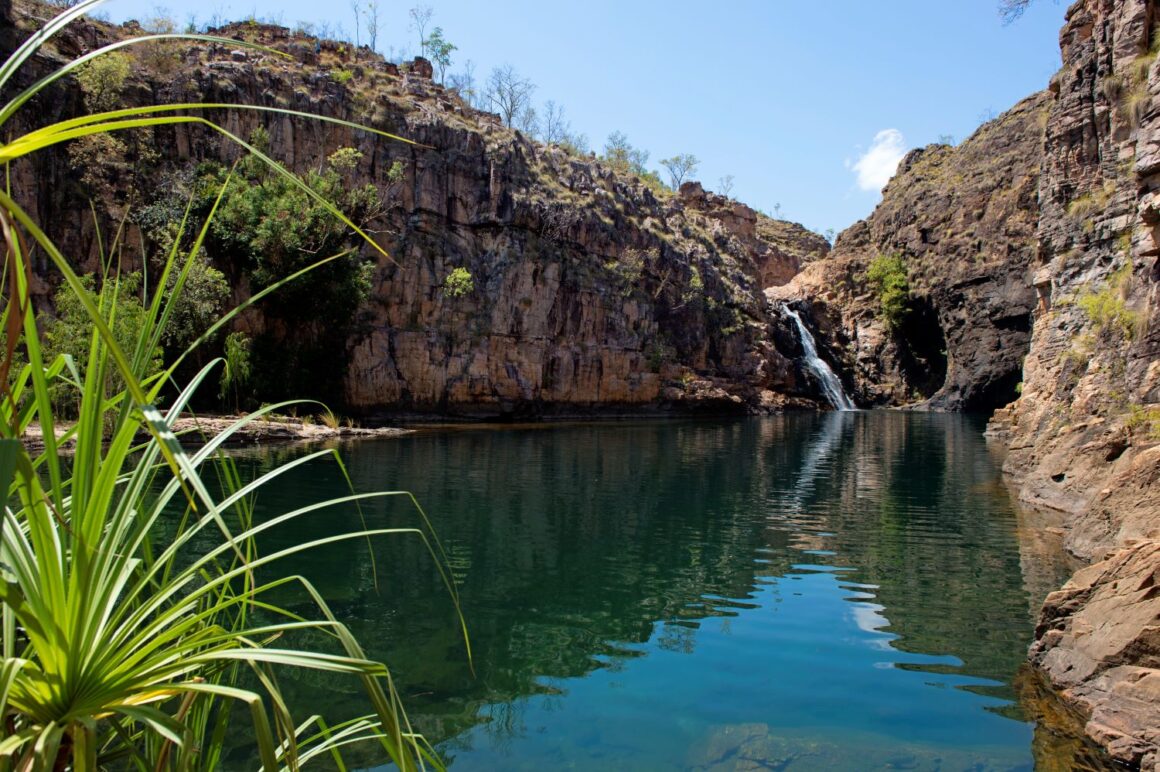
New Deal, Old Questions
Environment Minister Tanya Plibersek announced the new deal during a visit to Jabiru. She described it as a reset. A way to return control to Traditional Owners and invest in the park’s future. The agreement includes an economic development fund controlled by local Indigenous groups, who’ll decide how the money is spent.
The government has committed $55.2 million over four years to Kakadu, Uluru-Kata Tjuta, and Booderee national parks. That’s on top of the $250 million promised last year.
On paper, it sounds like progress. But many in the 4X4 and touring community are asking a different question: if Kakadu is public land, why are taxpayers being asked to pay for it again?
Taxpayer Funding, Restricted Access
Over the years, 4X4ers have seen more permits, more red tape, and more closures in places once freely accessible. And while joint management between Traditional Owners and Parks Australia is the official setup, the outcome often feels far from “joint.”
Several key attractions have remained closed for years. Maintenance has slipped. Rangers and local voices have raised concerns about weed control, feral animal impacts, and failing infrastructure. Yet, millions are being poured into management arrangements and political repair work.
Tourism operators and outback travellers are watching closely. Many support cultural preservation and respect Indigenous ownership. But there’s growing frustration around accountability. Who’s managing the park? Where is the money going? And when do we, the public, get to benefit from the investment?
A Path Forward Or a Slippery Slope?
There’s no question Kakadu is a special place. Its cultural importance and natural beauty are unmatched. But public parks should serve all Australians. That includes the people who tour them, maintain them, and fund them through taxes.
The reopening of Gunlom is a win. But it’s also a chance to reassess the future of park access across Australia. Will the new agreement improve access and infrastructure, or will it lead to more closures and confusion?
4WDers, campers, and outback travellers have always been willing to do their part. We buy the park passes, fill the fuel tanks, and spend in the small towns. But we deserve clarity. If access is changing, the reasons should be clear, and the outcomes should benefit everyone.
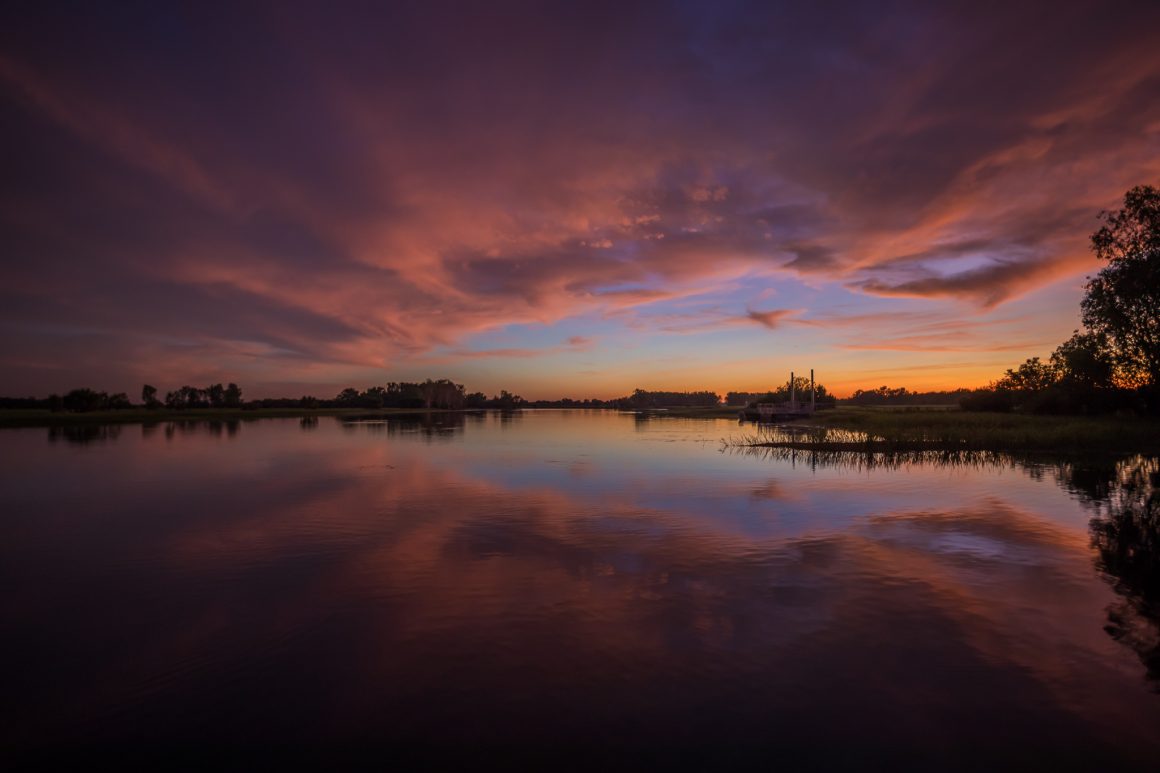
The Bottom Line
Gunlom is back. Twin Falls is on its way. Kakadu is finally getting some attention, and serious funding. But the public’s patience isn’t endless. If we’re heading toward more restrictive access and higher costs, the government and Parks Australia owe it to travellers to be honest about that.
Respect for Traditional Owners and access for all Australians don’t need to be opposing goals. But it’ll take more than announcements and funding promises to find the right balance.



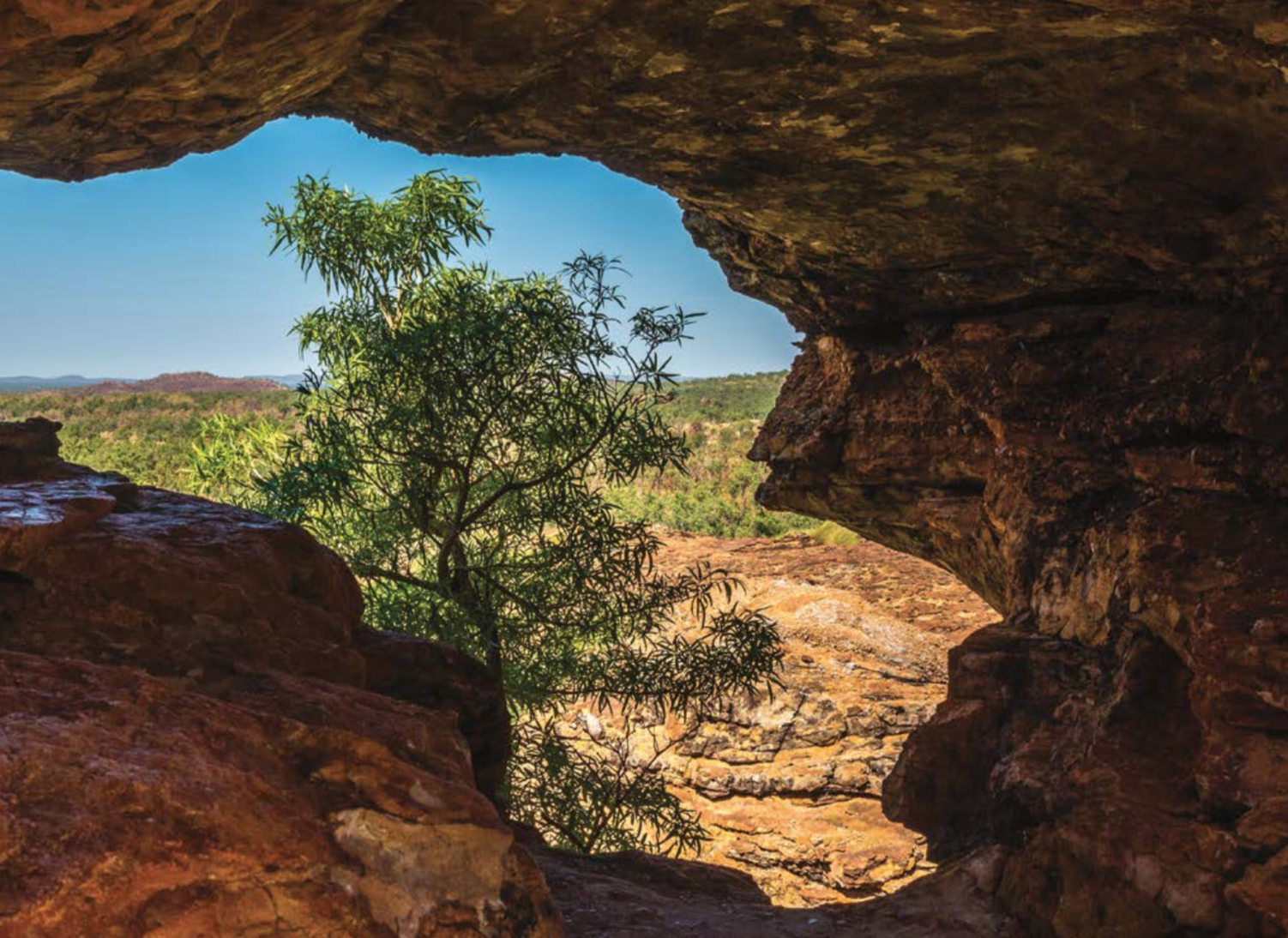
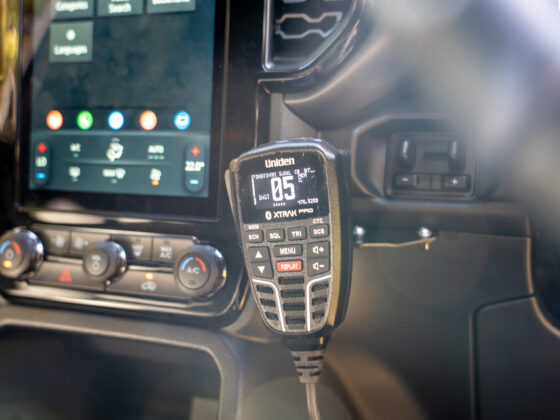
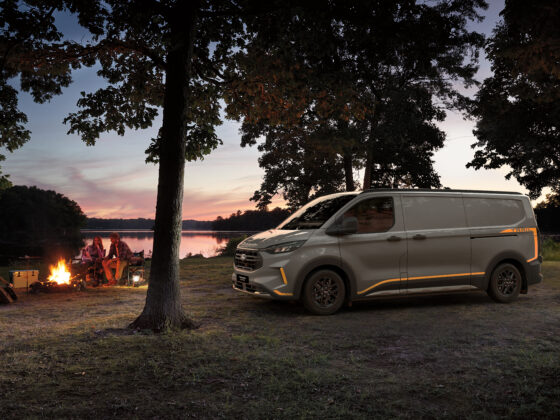






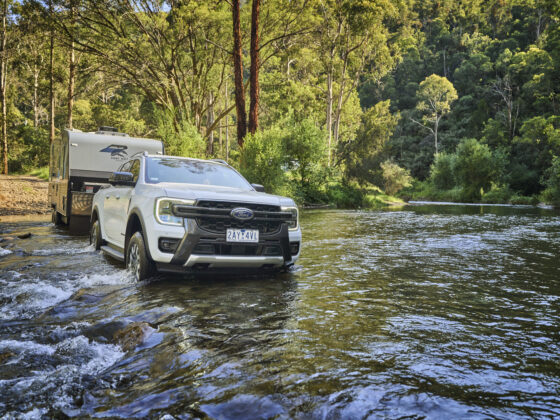

9 comments
If access to the park is through a leasing arrangement, then it CANNOT, obviously be “public land”, it belongs to the “Traditional Owners”. We are fortunate to be ABLE to have access to these wonderful places, but it is a privilege, NOT A RIGHT.
So if the money the tax payers pay finally represents something approaching a reasonable figure for it’s upkeep after years of neglect by successive Territory and Federal governments, so be it.
P.S I’m putting my name to this opinion, WHERE IS YOURS.
Doesn’t come as any surprise. 96.8% of Australia’s population will continue to waste mega dollars for as long as it thinks it is obliged to pander to the other 3.2% of population’s “culture”.
Article written re; Gunlom and posts photo of Maguk, good stuff
I have been to Kakadu National Park several times and each time it changes to the tune of closures to some of the most beautiful locations in Australia. I cannot come to grips with the amount of taxpayer’s money being spent in this national park and all I see is sites closed a/c of sacred sites etc. I respect these sites and their culture, but for the life of me I cannot understand why ALL AUSTRALIANS cannot access these beautiful sites and enjoy the splendor that they are.
The government are giving millions of dollars annually to this national park and all we get is closures. This is a complete waste of taxpayers’ money.
What an absolute rort. This country belongs to all Australians. By all means spend the money to maintain the park but as for closing areas to visitors it’s an absolute nonsense. If us, the taxpayers, are paying for it then we darn well should be able to access it. Knowing what the budget is for indigenous people, if it’s so sacred to them then why aren’t they paying for upkeep from their own budget????
“RENT” To me this is an absolute rip off of Australian taxpayers money.If I believed for a minute that this money was going towards improving or maintaining the park then i would be all for it. But I’ll wager It’s going into some ones pocket. How many more millions of taxpayers money will be spent on rangers wages, road maintenance and whatever else anyone can think of. And the park can be closed to tourists at a minutes notice. I say rip up the taxpayer and mining funded roads, pull the free money ,close the gates and Kakadon’t for a few years , then reassess.
Agree that if tax payers money is being used for up keep then accessibility is for everyone. Disappointing if the money is being spent between groups to politicise their views and we lose sight of what we should be really spending the money on.
Absolute RIP off. You can’t have it both ways. There are enough heritage sites of cultural significance. Close those sites to the public, withdraw tax payer funding for road and other maintenance issues.In 2011 I travelled from Ayer’s Rock to Laverton on the gazetted Great Central Rd. to do so I had to get a Visa sorry permit to use that Rd.
I agree than we need to preserve and respect cultural areas but where is the money going?
For the many millions paid by taxpayers to traditional landowners why are they generally living such a basic lifestyle?
Who is really getting our taxpayers money??
Australia is for all Australians and should be treated as such.